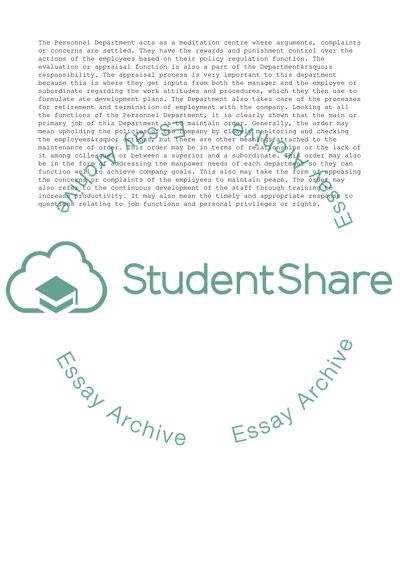Cite this document
(“The Strategic Human Resources Management Model and Its Effects Research Paper”, n.d.)
The Strategic Human Resources Management Model and Its Effects Research Paper. Retrieved from https://studentshare.org/management/1501385-strategic-human-resources-management-master-essay
The Strategic Human Resources Management Model and Its Effects Research Paper. Retrieved from https://studentshare.org/management/1501385-strategic-human-resources-management-master-essay
(The Strategic Human Resources Management Model and Its Effects Research Paper)
The Strategic Human Resources Management Model and Its Effects Research Paper. https://studentshare.org/management/1501385-strategic-human-resources-management-master-essay.
The Strategic Human Resources Management Model and Its Effects Research Paper. https://studentshare.org/management/1501385-strategic-human-resources-management-master-essay.
“The Strategic Human Resources Management Model and Its Effects Research Paper”, n.d. https://studentshare.org/management/1501385-strategic-human-resources-management-master-essay.


